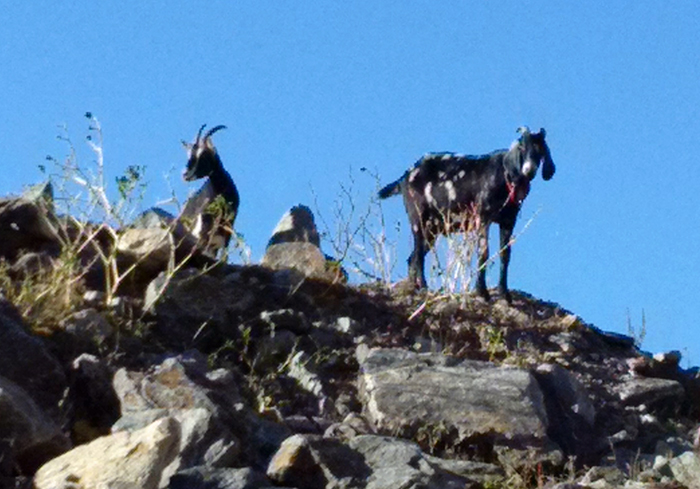Red Hook’s working waterfront, home to boats … and goats

Red Hook’s working industrial waterfront is now home to two working, adorable goats, named Goatwanus and Bay. Photo courtesy of John Quadrozzi
Red Hook’s GBX-Gowanus Bay Terminal is about as industrial a setting you’ll find in New York City’s urban environment.
The terminal is home to deep water marine docks, fuel companies, slag and scrap metal processors, a shipping depot — and goats.
Two adorable goats, named Goatwanus and Bay, scamper around the site gobbling up weeds and keeping the grounds well maintained.
